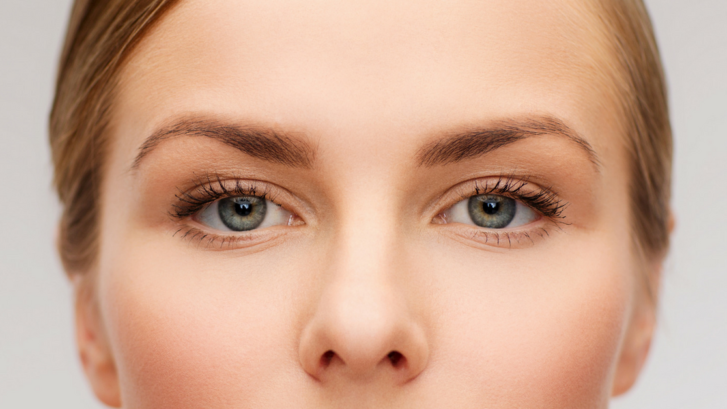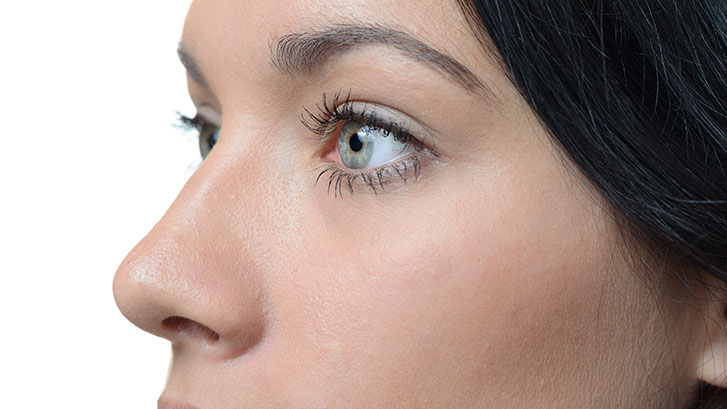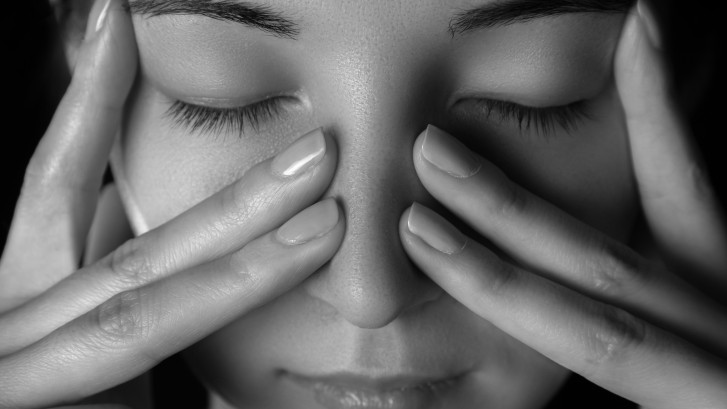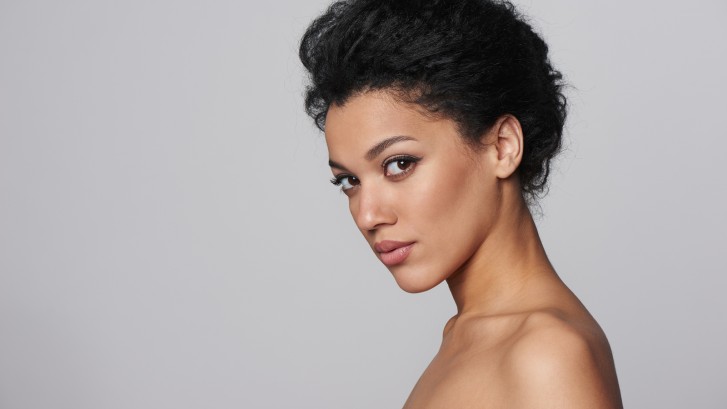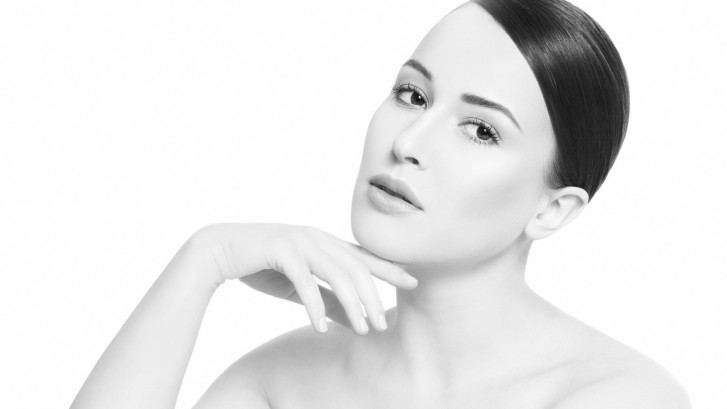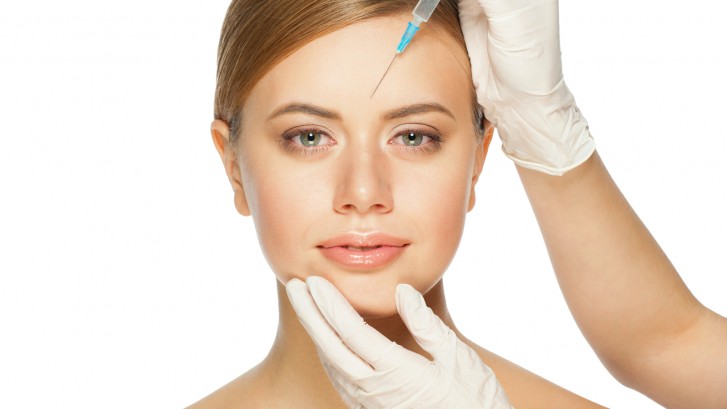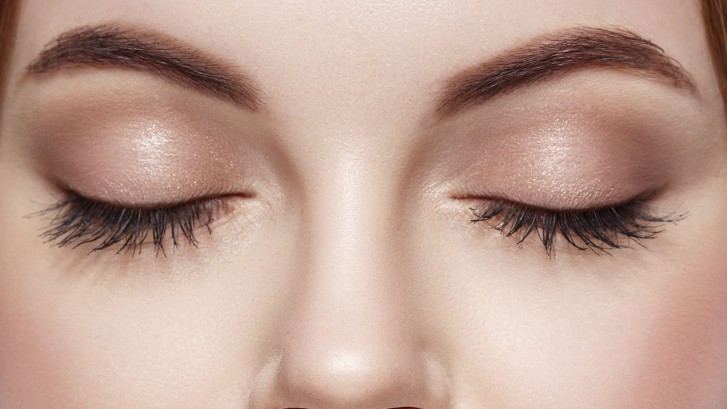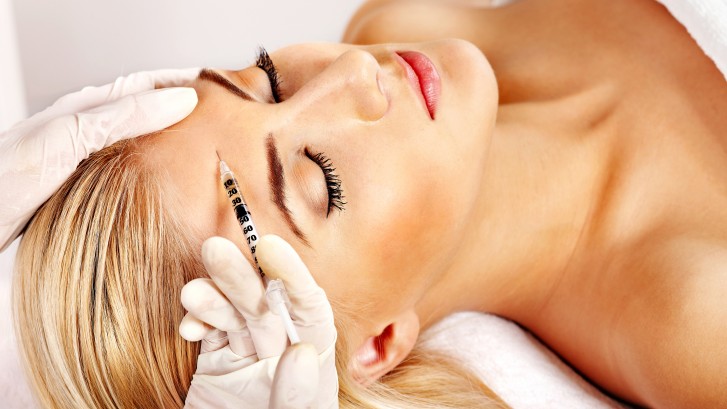7 Signs of a Successful Rhinoplasty
A Rhinoplasty operation, also called a “nose job” in common parlance, is a surgical procedure that reshapes or resizes the nose for health or cosmetic reasons.
The aim of the cosmetic surgeon who performs the operation is always to create the most attractive and natural result that complements the rest of a patient’s facial features.
Sometimes rhinoplasty is undertaken to help improve a patient’s breathing by minimizing nasal airway obstruction. In all cases, achieving the best possible functional and aesthetic result is the hallmark of a successful rhinoplasty.
Rhinoplasty surgery can create dramatic improvements to:
-Nose size and proportion in relation to facial harmony
-Nose width at the bridge, or a profile with visible bumps on the bridge
-The size, shape, and position of the nostrils
-A nasal tip that is bulbous, drooping, upturned, or hooked
-Nasal asymmetry
Both the open and closed rhinoplasty techniques are performed by making incisions (either across the columella or hidden inside the nose) to allow the surgeon to gently raise the skin that covers the nasal bones and cartilage, allowing access to alter the structure of the nose.
The skin is then carefully draped back over the newly enhanced nasal framework to give the nose its new and improved appearance.
Here are the 7 signs of a successful rhinoplasty:
- Symmetry
For centuries facial symmetry “has been linked to the perception of facial beauty, resistance to disease, and quality genetics.”
The goal of achieving greater facial symmetry is a very common one for patients seeking facial cosmetic surgery, particularly so for those seeking rhinoplasty.
Achieving greater bilateral symmetry of the face, or maintaining the symmetry of an already symmetrical nose while correcting another aspect of its shape or size is essential in rhinoplasty.
- Breathing
When it comes to the nose, form and function are intimately intertwined.
A1999 article from WebMD’s archives mentions how a few of the 130,000 patients to undergo rhinoplasty annually, at the time, would experience difficulty with nasal breathing after their procedure.
The reason for this was that a cosmetic surgeon at the time would occasionally remove too much cartilage during a rhinoplasty, causing the sides of the nose to collapse during inhalation.
Modern rhinoplasties avoid this complication through more delicate sculpting and an emphasis on creating a stronger overall nasal structure.
A successful rhinoplasty will improve or maintain a patient’s ability to breathe easily and comfortably.
- No Scars
A successful rhinoplasty should improve, not worsen, the appearance of the nose. In facial cosmetic surgery the results are intended to be aesthetic, so any visible scarring is considered an unsuccessful result.
An inexperienced or indelicate plastic surgeon is more likely to improve the nose’s shape without the concern of conspicuous, visible scarring.
The first and most important step for preventing unwanted complications and poor results like visible nasal scarring is choosing a plastic surgeon who is board certified, highly recommended, and very experienced in the rhinoplasty procedure specifically.
- No Need for Revision
Many times after a rhinoplasty the nose looks great, but after some operations many patients report having a collapsed nose, pinched nose, or a “skeletonized” – artificial-looking nose.
Unfortunately this problem is not rare. In fact it is estimated that between 5 – 15% of patients who undergo “nose jobs” will need revision rhinoplasty surgery. Some patients require only minor adjustments, while others need more significant revisions.
A successful rhinoplasty is one that’s done right the first time by an expert cosmetic facial surgeon with years or decades of experience, performing rhinoplasties that consistently achieve the very best results.
- Natural Look
The newly enhanced nose must look natural after a successful rhinoplasty. Unnatural results are obvious and unaesthetic.
The profile cannot be scooped too much. The nose should not be too upturned. The tip cannot appear pinched. The nostrils must not look too large. The front of the nose should not look pencil-like, something that occurs when the tip has been narrowed as much as the bridge.
An unnaturally enhanced nose calls attention to itself. A well-done nose looks great and inconspicuously complements the rest of the face.
- Facial Harmony
The eyes may be the windows to the soul, but nothing interferes with facial harmony like a disproportionate nose.
Flaws in such a prominent facial feature draw unwanted attention and can really hurt self confidence. Fortunately, just a slight alteration can balance the face and restore confidence.
A successful rhinoplasty surgeon comprehends the necessity of understanding both the nose and the patient’s overall facial structure in achieving natural-looking results and reducing the chance of needing revision rhinoplasty at a later date.
- Patient Satisfaction
What should an attractive nose look like? There really is not a single answer to this question.
Jeffrey R. Marcus, MD, a pediatric plastic surgeon at Duke University Health Center says it well:
“In the past, many plastic surgeons adhered to personal or popularized aesthetic ideals and allowed them to guide rhinoplasty procedures somewhat universally on their patients. Sometimes, this led to common appearance features among post-surgical patients. This is a trend that has fortunately been left to rest.”
A qualified, expert cosmetic surgeon will work with their rhinoplasty patient to create an individualized goal, plan, and result to achieve the unique goals of each individual patient.
About Dr. William J. Binder
Dr. William J. Binder is a facial plastic surgery specialist with over three decades of experience with facial plastic surgery.
For almost three decades, his individualized approach to rhinoplasty has led him to pioneer the new “structure” techniques of rhinoplasty, yielding more consistent results and rendering the pre-existing look of an unnatural nose-job obsolete.
If you want your rhinoplasty performed by one of the world’s leading facial plastic surgeons, contact Dr. Binder’s office today to schedule an initial consultation.

